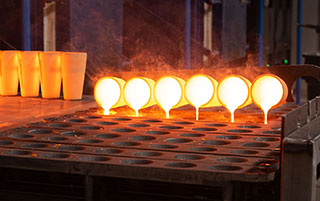Sample Analysis
Home » Our Services » Sample Analysis
Sample Analysis
Home » Our Services » Sample Analysis
Paragon Geochemical offers high-quality assay lab services in Northern Nevada.
Lorem ipsum dolor sit amet, consectetur adipiscing elit. Quisque et dui ac ante ornare sagittis. Aliquam eget blandit lorem. In placerat cursus neque, ut feugiat lectus malesuada pharetra. Nullam vitae urna elementum mi laoreet vehicula. Donec id feugiat turpis. In faucibus eu leo ac pellentesque. Nam et ligula ipsum. Aenean ut nunc tempor ipsum hendrerit auctor sit amet in nulla. Nulla facilisi. Ut a volutpat neque, nec molestie mauris. Sed ornare in nisl non pretium. Sed sed sodales ipsum, sed malesuada risus. Morbi iaculis, dui in dapibus eleifend, nunc lorem blandit lectus, vel dictum turpis nulla at sapien.
PhotonAssay™
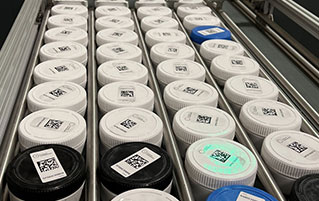
The state-of-the-art in rapid, accurate & non-destructive gold & silver assays.
Geochemistry
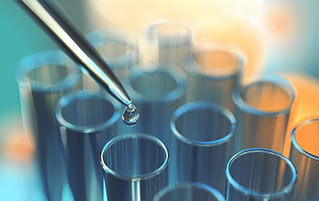
Instrumental and wet chemical services are offered for determining composition.
CS Analysis
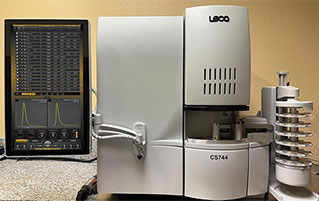
Determination of total carbon & sulfur, as well as pretreatments to infer chemical species.
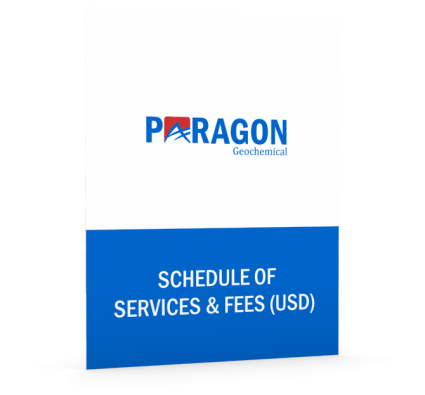
Dependable Quality. Rapid Turnaround. Unmatched Value.
Paragon’s core conviction is that to provide value, results of unquestionable quality must be reported rapidly for informed decision making. Our service offerings include a wide range of analytical techniques to suit the needs of the mining industry.

